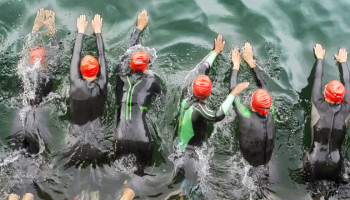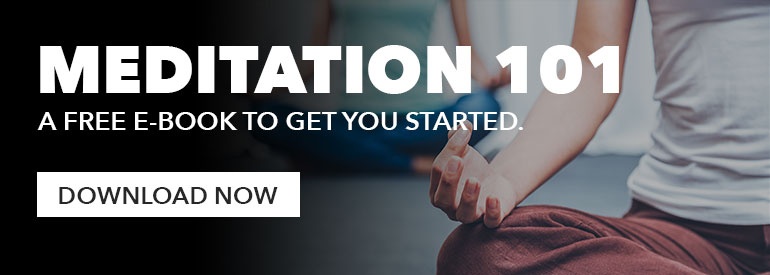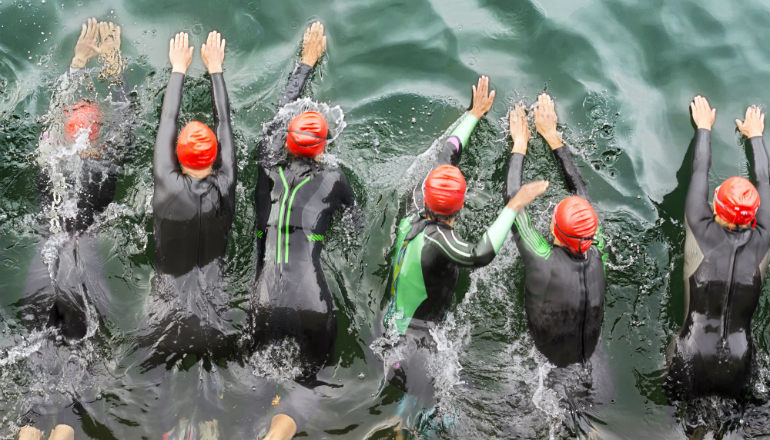 Reading Time: 6 minutes
Reading Time: 6 minutesIn triathlon, success in the transitions can make or break your race, and learning to be efficient and fast through visualization and concrete practice is crucial.
For five years I was a dedicated age-group triathlete, with a coach, a training plan, and a lot of discipline. But at my first triathlon, before the coach and the training plan and the discipline, I spent about five minutes in the first transition just pinning my number to my jersey.
I could have taken care of this task before the race started. But I didn’t like the idea of this square of Tyvek rippling on my belly as I hauled my way through the water during the first leg of the race, the swim. I decided to pin it on after I got out of the water. How long could it take?
Turns out, much longer than I expected, once my arms and hands were shaky from the swim.
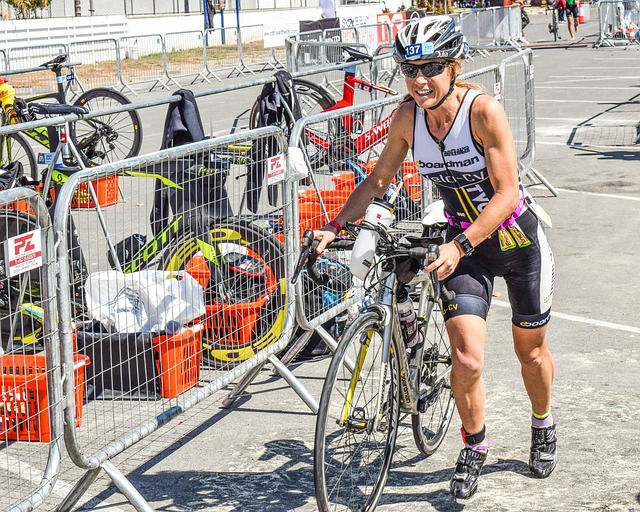
So that was lesson one about transitions. From there, I learned to streamline my process and I read up on about how experienced triathletes get fast in their transitions:
- I realized a homemade race belt, with the number attached before the race, was quick to clip on in transition.
- I learned I didn’t need to spend a lot of time drying off. A quick swipe of the feet to brush off debris that might cause chafing or blisters was enough.
- I experimented with socks versus no socks—and learned some things are worth taking the time for.
The most important part of this streamlining process was visualization and practice. I pictured myself methodically moving through each step, with as much detail and realism as I could. And then I went out and practiced.
In real life, transitions are hard to practice and hard to visualize because they so often come unexpectedly. Nobody plans on getting into a fender bender on the way home from work. We don’t organize our children’s illnesses to fall on a convenient day, or schedule in the best time for clogged toilets and leaky plumbing.
The morning you’re late for an important meeting is guaranteed to be the day your toddler decides to paint the furniture with Vaseline. (Yes, that happened.) Never mind the biggies like divorce, serious illness, or menopause.
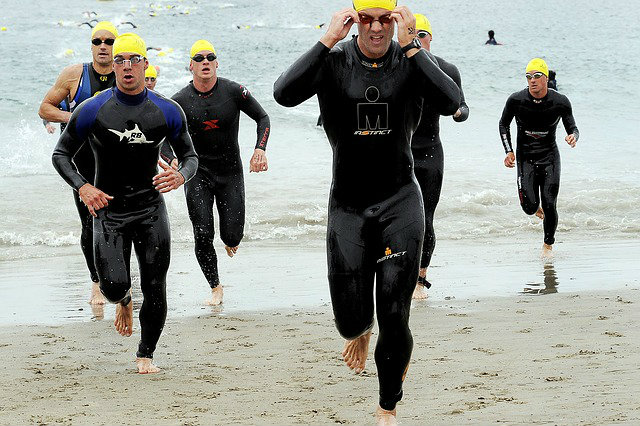
Life has a way of throwing us curveballs when we least expect it, and learning to transition from one phase of life to another is an important life skill. But how do you do it with, if not grace, then at least some semblance of sanity, when you are a Type A kind of person who likes to study, practice, and prepare?
Again and again, I come back to these four habits to help me stay centered, or regain my balance, when life surprises me with another transition.
1. Forgive Yourself
We all like to think we have our act together, so when things fall apart we often point the finger of blame at the person in the mirror. And sometimes our actions do create problems. Probably I shouldn’t have left the Vaseline where a three-year-old could get at it.
Newsflash: we all make mistakes, we all have weaknesses.
But if all you focus on is criticizing yourself, you’re stuck in that moment of “failure” forever. Being compassionate with ourselves allows us to move on from our mistakes and learn, grow, and change. So, take a breath and cut yourself some slack.
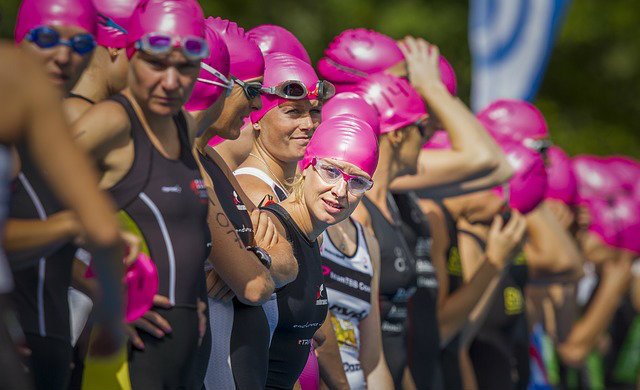
2. Exercise
Before I was a triathlete, I wasn’t that active. The process of becoming a triathlete was, for me, the process of becoming fit. Because of this, I know how I feel when I’m not exercising, I know how I feel when I’m exercising too much (yes, there is such a thing), and I know how I feel when I’m exercising just the right amount.
When I’m in that sweet spot, my body feels limber and strong, I sleep better, my clothes fit right, and those brain chemicals that are produced during exercise are pumping out feelings of well-being and contentment. That sense of well-being carries over from day to day and leaves me in a better place to handle the stressors that life likes to dish out.
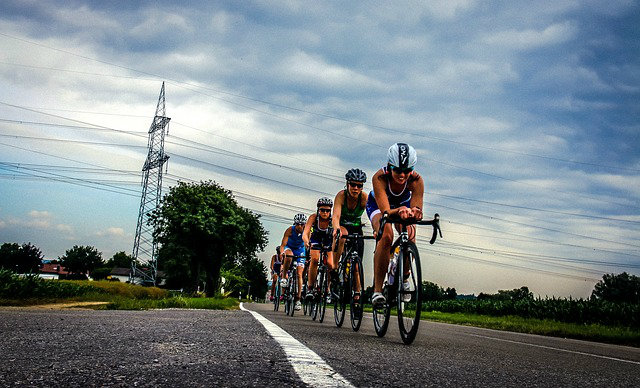
3. Meditate
One of the first things that comes up when you start looking for advice on wellness is meditation and mindfulness. A few years ago, my sister recommended it to me. She only mentioned it the once, though, because I made it clear it wasn’t for me. Sit still? And think of nothing? For how long?
Thanks, but no thanks, I said.
Fast forward a few years and several stressful life events and here I am — a meditation convert. I started out sitting for just a few minutes a day, eyes closed, focusing on breathing and nothing else. What I found was that the moments of peaceful stillness spread out from that practice to affect the rest of my day, the rest of my life.
Picture a stone thrown into a pond, the ripples spreading outward. As they move away from the stone, the surface of the water after the ripple passes is smooth as glass. Meditation doesn’t prevent the stone from falling in the water, it helps smooth the ripples.
4. Reach Outside Yourself
When life gets really stressful, it’s all too easy to become myopic. We focus only on our own lives. The more we focus on our own problems, the larger they seem to grow and the world outside ourselves seems to dwindle.
To regain perspective, it can be helpful to reach out to others through charity or community work. Last fall, my daughter and I began volunteering at a local animal shelter. We started by helping with the cleaning and now we walk three or four dogs every Saturday.
It’s a small thing; we are not saving the world. But it helps the staff and frees their time to perform more specialized care. The dogs get lots of exercise and time out of their pens. And my daughter and I get to spend time together, just the two of us. Our time at the shelter is a good reminder that we are part of a larger community that benefits when members participate in activities for the betterment of others.
Be Ready for the (Inevitable) Transitions
I can’t predict when the next stone will fall into the water of my life. My kids are long past the days of smearing Vaseline where it doesn’t belong, but as teens their messes tend to be bigger and more complicated. Staying centered and balanced is as important now as it’s ever been.
With regular practice of the four habits of exercise, meditation, community work, and self-compassion, I can be ready to transition through the turbulence.
